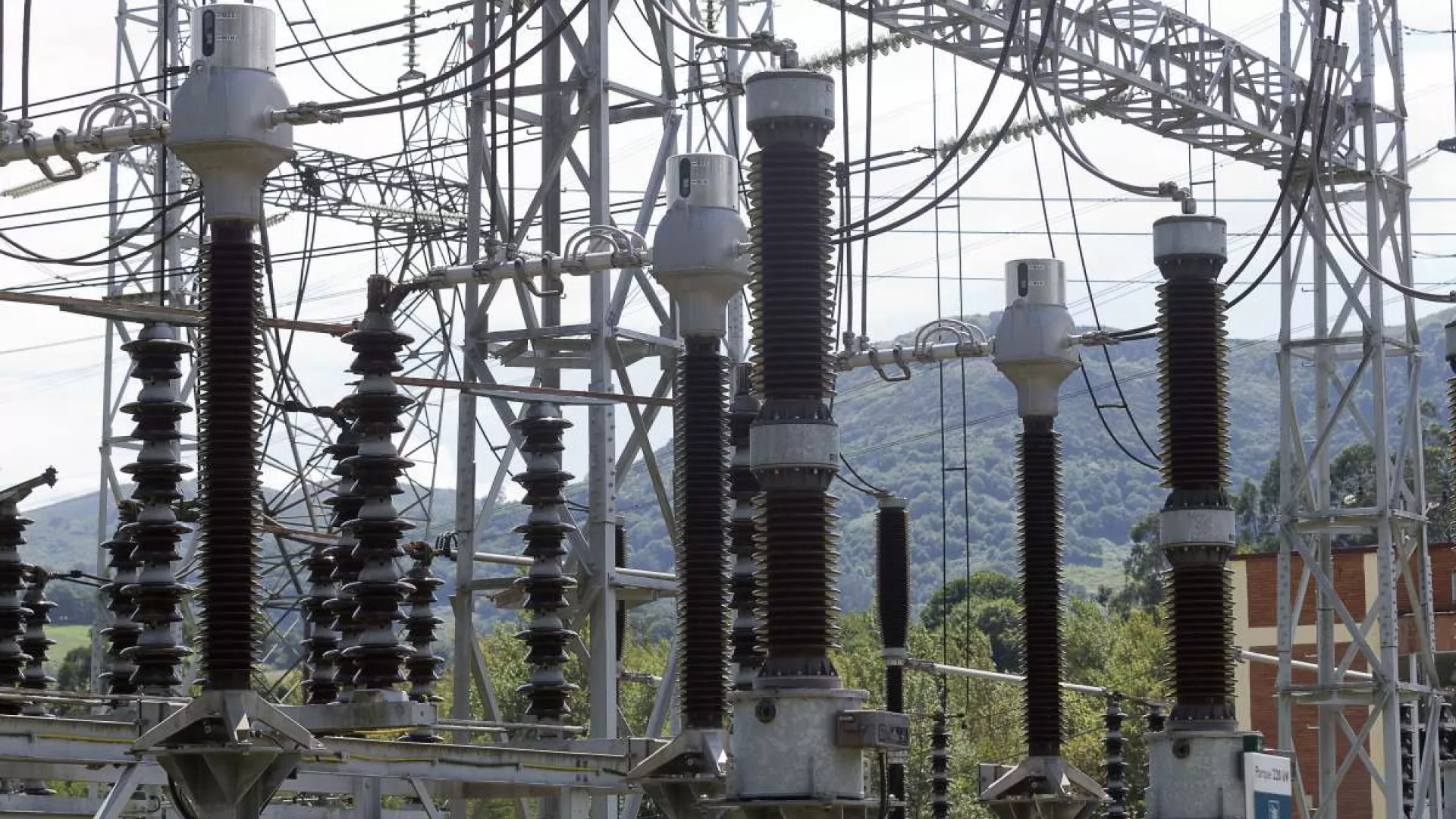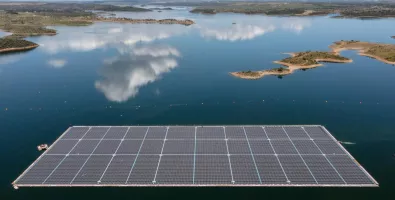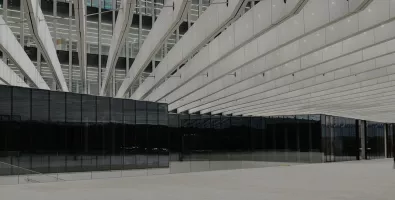
Localiza
Localiza is a project aimed at designing a fault location and classification system for electrical networks based on reactance calculation. This system simplifies fieldwork by reducing the time and costs associated with fault detection.
It is co-financed through public funding from the Principality of Asturias via FICYT (Foundation for the Promotion of Applied Scientific Research and Technology in Asturias). The project has been developed with the collaboration of EDP (through its support program for PhD students) and the University of Oviedo.
Figure 1. Objectives and Funding
The project emerged due to the limitations of the current fault location system used in medium-voltage overhead distribution networks.
When a fault occurs in a power line, the teams responsible for locating and repairing it must often cover vast distances—sometimes several kilometers—to find the issue. This results in long fault detection times and, consequently, delays in service restoration. Additionally, there are safety concerns for workers due to challenging terrain, nighttime operations, and adverse weather conditions like snow. Localiza aims to solve these challenges.
The system relies on an algorithm based on reactance, a physical parameter calculated at the nearest substation using waveform data from electrical signals. The key principle is that the reactance value is directly related to the distance to the fault.
Figure 2. Reactance Calculation from Electrical Signals
To explain the concept more clearly, an analogy can be drawn between reactance and a fuel tank, with power lines representing a road. The reactance value is equivalent to the amount of fuel available, which, when following the power line from the substation, allows one to reach the exact fault location—where the "fuel" would run out.
Figure 3. Schematic Operation of the Location Algorithm
In short, by knowing the reactance value, the system can determine the fault location along the power line.
A major advantage of this algorithm is that it operates at the substation level, meaning the fault location can be determined remotely without requiring field teams to physically inspect the entire line. Instead, teams receive precise information about where to go.
The process involves the following components:
IED (Intelligent Electronic Device): Processes electrical signal data used for reactance calculation.
UCS (Unified Computing System): A micro-SCADA (supervisory control and data acquisition) system that manages phasor values for impedance and reactance calculations.
DMS (Document Management System): Handles power line data to pinpoint the exact fault location.
Figure 4. Fault Location Process at the Substation Level
Figure 5. Fault Positioning on the Affected Line
To some extent, yes, but with certain limitations. Part of the project involves using support vector machines for pattern recognition, which requires historical records to establish correlations between waveform disturbances and fault causes.
The main limitation is the need for a sufficiently representative sample of faults. Fortunately, power line faults are not excessively frequent. However, the system can still provide a reasonable level of fault classification, such as distinguishing between faults caused by bird collisions versus those due to lightning strikes.
Figure 6. Identifying the Nature of the Fault
The system is installed in the Cangas del Narcea network.
It covers a total of 32 power lines spanning 956 km, of which 926 km (96.8%) are overhead lines, while the remaining 30 km are underground. This area includes 4 substations, 4 distribution centers, and 800 transformer stations, with a total installed capacity of 109 MVA.
Figure 7. Current Implementation Area of the Fault Location System
Although the system has shown promising results and has been successfully tested in real-world environments, it is not 100% reliable. Its accuracy currently stands at around 75-80%.
Figure 8. Results: Fault History
The next step would be to extend the system across EDP’s entire overhead network in Asturias.
This would cover 4,616 km of power lines. Out of a total of 5,729 km, 1,113 km (19.4%) correspond to underground lines. The expansion would affect 49 substations, 70 distribution centers, and 6,232 transformer stations, with a total installed capacity of 2,005 MVA.
Figure 9. Potential Implementation Area of the Fault Location System






